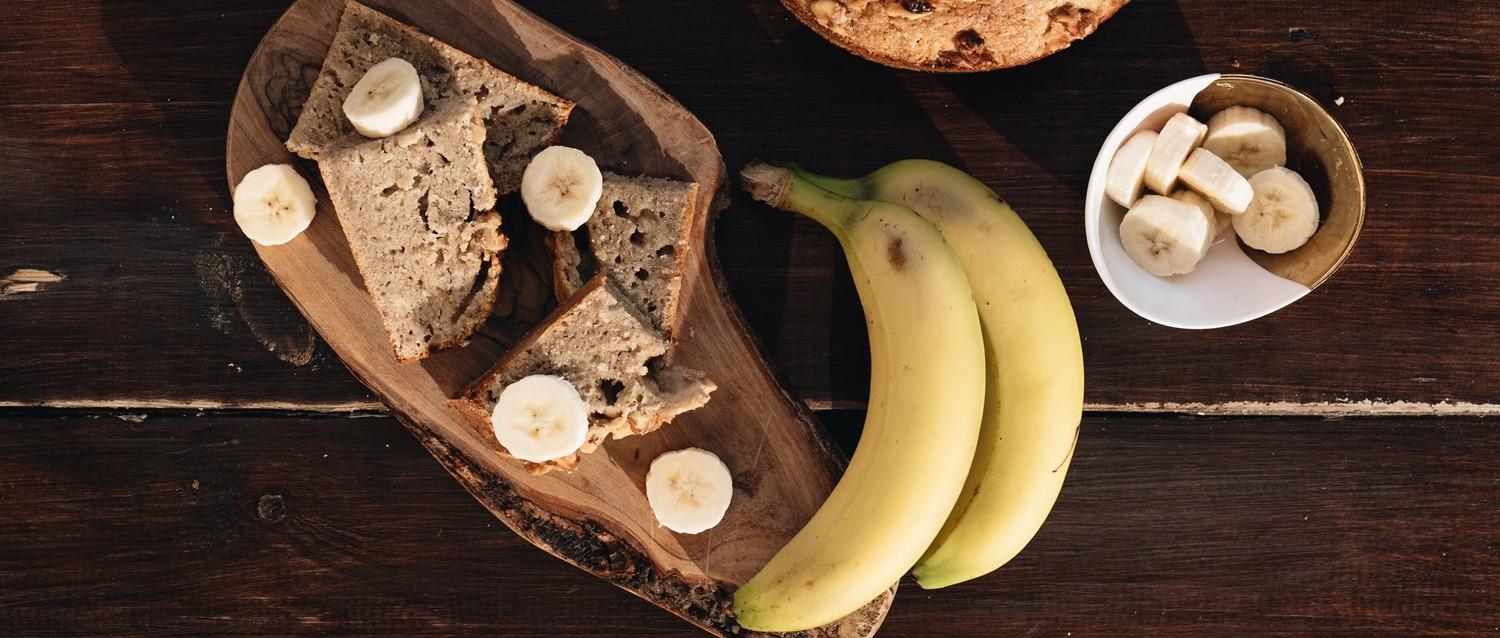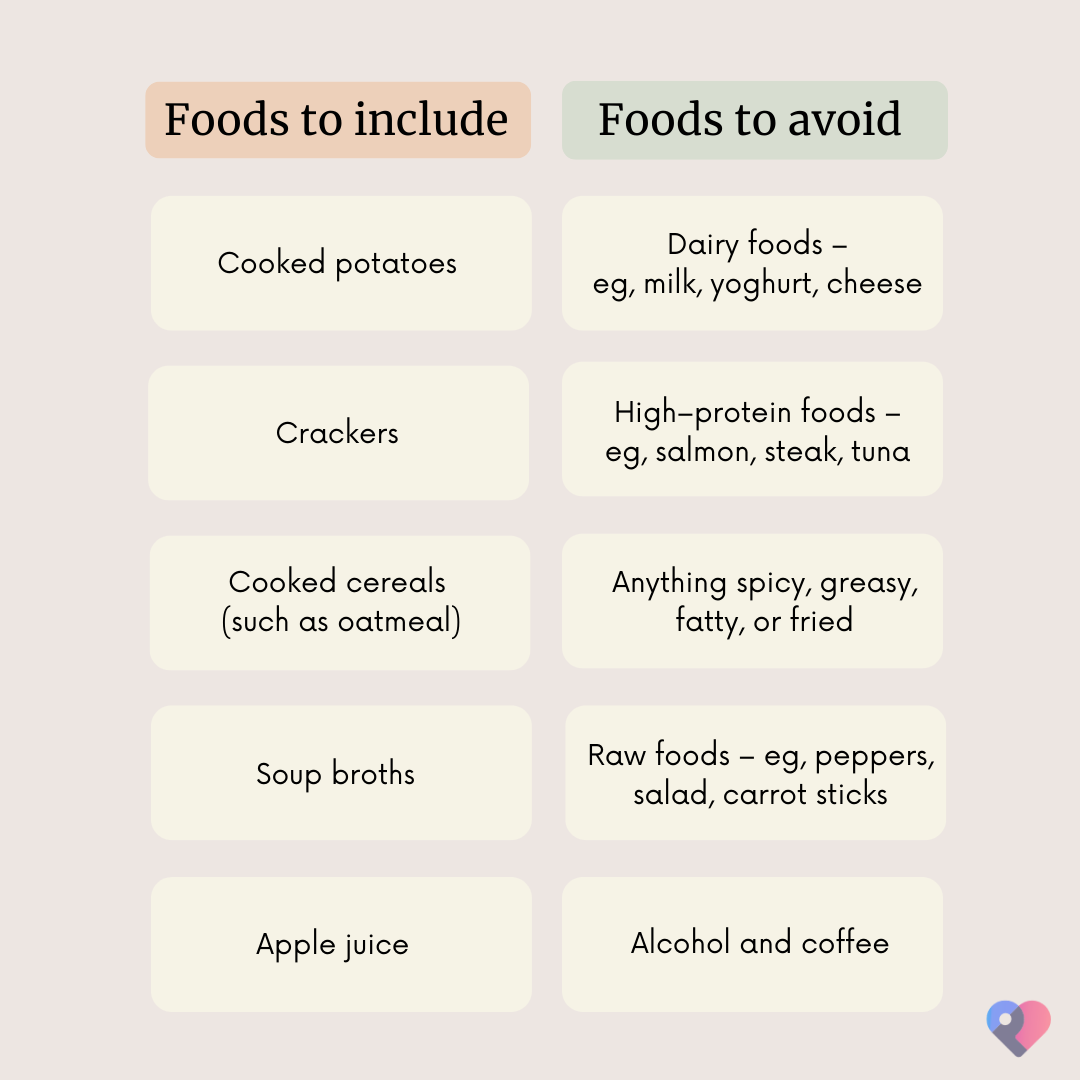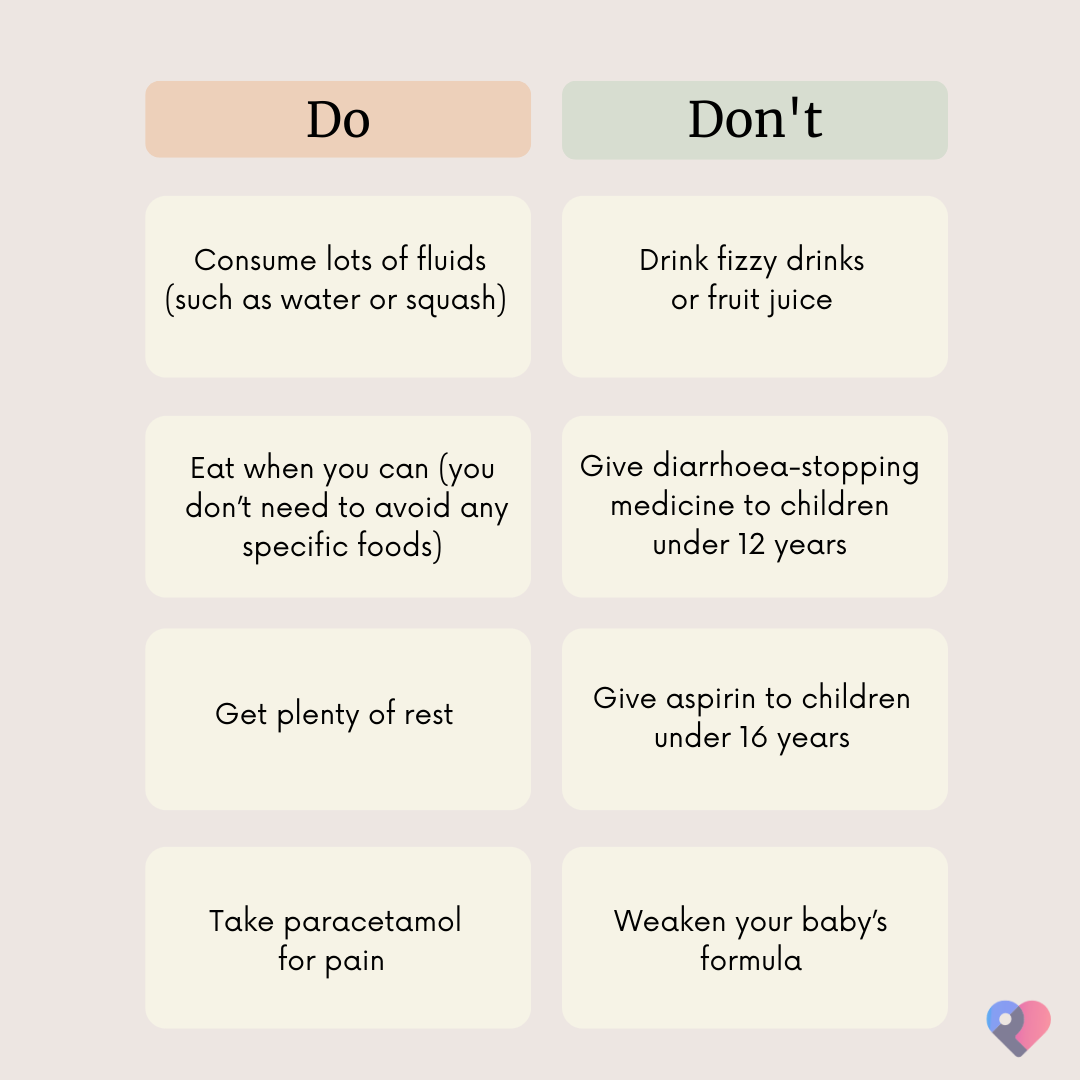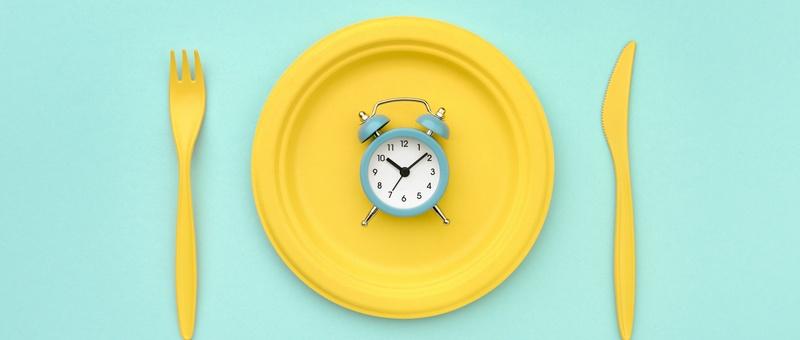
What is the BRAT diet and why is it unsafe?
Peer reviewed by Dr Krishna Vakharia, MRCGPLast updated by Amberley DavisLast updated 26 Oct 2023
Meets Patient’s editorial guidelines
- DownloadDownload
- Share
- Language
- Discussion
The BRAT diet is a low-fibre, bland food diet that was once recommended by doctors in the US to treat an upset stomach. However, it is now believed that this diet has the potential to do more harm than good - and health organisations no longer recommend it.
In this article:
Continue reading below
What is the BRAT diet?
The BRAT diet stands for bananas, rice, applesauce, and toast. It was first developed in the 1920s. Until recently, it was a a popular recommendation by American doctors for treating children with upset stomachs - a general term that describes a painful or uncomfortable stomach that's often caused by indigestion - or problems with your digestive tract.
Now, experts believe that this diet is too restrictive and lacks nutrients.
But why this seemingly random combination of foods? The idea of the BRAT diet is that these foods are gentle on the stomach. "The foods in this diet were previously thought to be simple, plain and bland foods which are easy to digest," explains Kirsten Jackson, a consultant dietitian at The Food Treatment Clinic and British Dietetic Association (BDA) member.
According to the National Institutes of Health (NIH), bland foods are1:
Easily digestible.
Soft in consistency.
Low-fibre.
Cooked.
Non-spicy.
Experts believed that people with upset stomach illnesses could benefit from a diet consisting solely of bland BRAT diet foods that:
Are gentle on your stomach - They are low in protein and fat, two nutrients which can be more difficult to digest when you have a stomach illness.
Make your poo firmer - They are low in fibre and are starchy which can help runny poos to bind together more easily2.
May reduce nausea - They are relatively bland in taste and smell. Certain people, like those experiencing pregnancy sickness, may find this more tolerable.
Despite the four foods in its name, the BRAT diet can include other bland food options.
BRAT diet food list for adults and children

When would the BRAT diet be recommended?
"The BRAT diet was recommended when someone was having digestive problems or symptoms," says Jackson. This includes using this low-fibre diet for an upset stomach.
Other stomach-related issues:
BRAT diet for stomach flu (gastroenteritis) - Despite being commonly called "stomach flu" this illness is not actually caused by the influenza virus but by various stomach bugs. This can cause pain, vomiting, and diarrhoea.
BRAT diet for diarrhoea - Loose, frequent, and unpredictable bowel movements can have a number of causes, including stomach flu, viral infections, anxiety, and drinking too much alcohol..
BRAT diet for acid reflux - Stomach acid rises up into the gullet (oesophagus) causing a burning sensation. This might occur when you eat too many high-fat or acidic foods or drink too much alcohol.
Limited evidence
There are no high-quality clinical trials on the effects of the BRAT diet. Instead, the basis for this low-fibre diet is founded on the research of specific bland foods. For example, there's evidence that both banana3 and rice soup4 can help to treat diarrhoea in children.
It follows that there is little to no research into how long you should follow the BRAT diet. Informal guidelines suggest re-introducing your regular diet after around 24 hours. It has never been recommended for prolonged or long-term use.
Continue reading below
Why is the BRAT diet now considered too risky?
Too restrictive
Experts no longer recommend the BRAT diet for adults and children: "It is extremely restrictive so would lead to nutritional deficiencies," says Jackson.
In other words, the range of nutrients in BRAT diet foods are too limited. Not only can this slow your recovery from stomach illness, but it might also cause other serious health issues related to malnutrition. In extreme cases, there is some evidence that the diet can even result in severe malnutrition in young children5.
Even though bananas and rice are healthy foods, following a diet containing only those foods can affect your body in a negative way. In fact, a lack of nutrients can make diarrhoea worse, and this illness can also make it harder to absorb nutrients in your diet.
As a result, health organisations no longer recommend the BRAT diet, including the American Academy of Pediatrics (AAP) and Centers for Disease Control and Prevention (CDC).
Contain FODMAPs
"We also now know that foods like apple, bread, and bananas contain FODMAPs," adds Jackson. "These are types of carbohydrates which are broken down in the large bowel, causing more gas to be produced and more fluid to be drawn in. In people with digestive problems, this can cause symptoms of pain, bloating, and runny poos."
Better and safer ways to recover from stomach illness
When it comes to eating during stomach problems, the current medical advice is to continue consuming a balanced diet. It's also very important that you drink enough water to prevent dehydration, especially if you have vomiting or diarrhoea symptoms.
You can usually treat stomach-related symptoms at home

Your pharmacist can suggest further treatment options if symptoms of diarrhoea continue beyond 5-7 days and vomiting beyond 1-2 days. You should also seek their advice if you notice signs of dehydration, such as urine that's dark in colour and strong in smell.
They may recommend:
Powders that you mix with liquid that can help to rehydrate you.
Medicine that stops diarrhoea for a few hours.
Stomach bugs and viruses that can cause common upset stomach symptoms like diarrhoea, vomiting, and pain can be very contagious. You or your child should stay at home and avoid going into work or school for 48 hours after the symptoms have cleared.
Continue reading below
Further reading
Ho et al: Stopping or reducing dietary fiber intake reduces constipation and its associated symptoms.
Falcomer et al: Health benefits of green banana consumption: a systematic review.
Duro and Duggan: The BRAT diet for acute diarrhea in children: should it be used?
Patient picks for Diet

Diet and nutrition
What is the Eatwell Guide? A balanced diet explained
The UK government's National Diet and Nutrition Survey (NDNS) found a worrying drop in people's intake of important nutrients in the UK. Even with access to a wide range of information on the subject, many people still aren't sure what makes up a balanced diet. However, if you're feeling overwhelmed by dietary bumf, the Eatwell Guide offers a simple easy-to-follow framework for healthy eating.
by Victoria Raw

Diet and nutrition
Could your diet be your best anti-ageing secret?
When we think about anti-ageing, our attention often turns to outward signs - fewer wrinkles, a trimmer figure, and hair less touched by grey. However, by prioritising what's happening inside our bodies, we can live a longer, healthier life, both inside and out.
by Victoria Raw
Continue reading below
Article history
The information on this page is peer reviewed by qualified clinicians.
Next review due: 26 Oct 2026
26 Oct 2023 | Latest version
8 Jun 2022 | Originally published
Authored by:
Amberley Davis

Ask, share, connect.
Browse discussions, ask questions, and share experiences across hundreds of health topics.

Feeling unwell?
Assess your symptoms online for free
Sign up to the Patient newsletter
Your weekly dose of clear, trustworthy health advice - written to help you feel informed, confident and in control.
By subscribing you accept our Privacy Policy. You can unsubscribe at any time. We never sell your data.